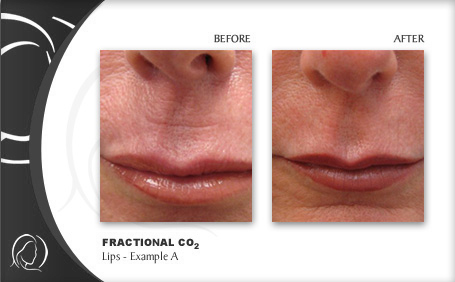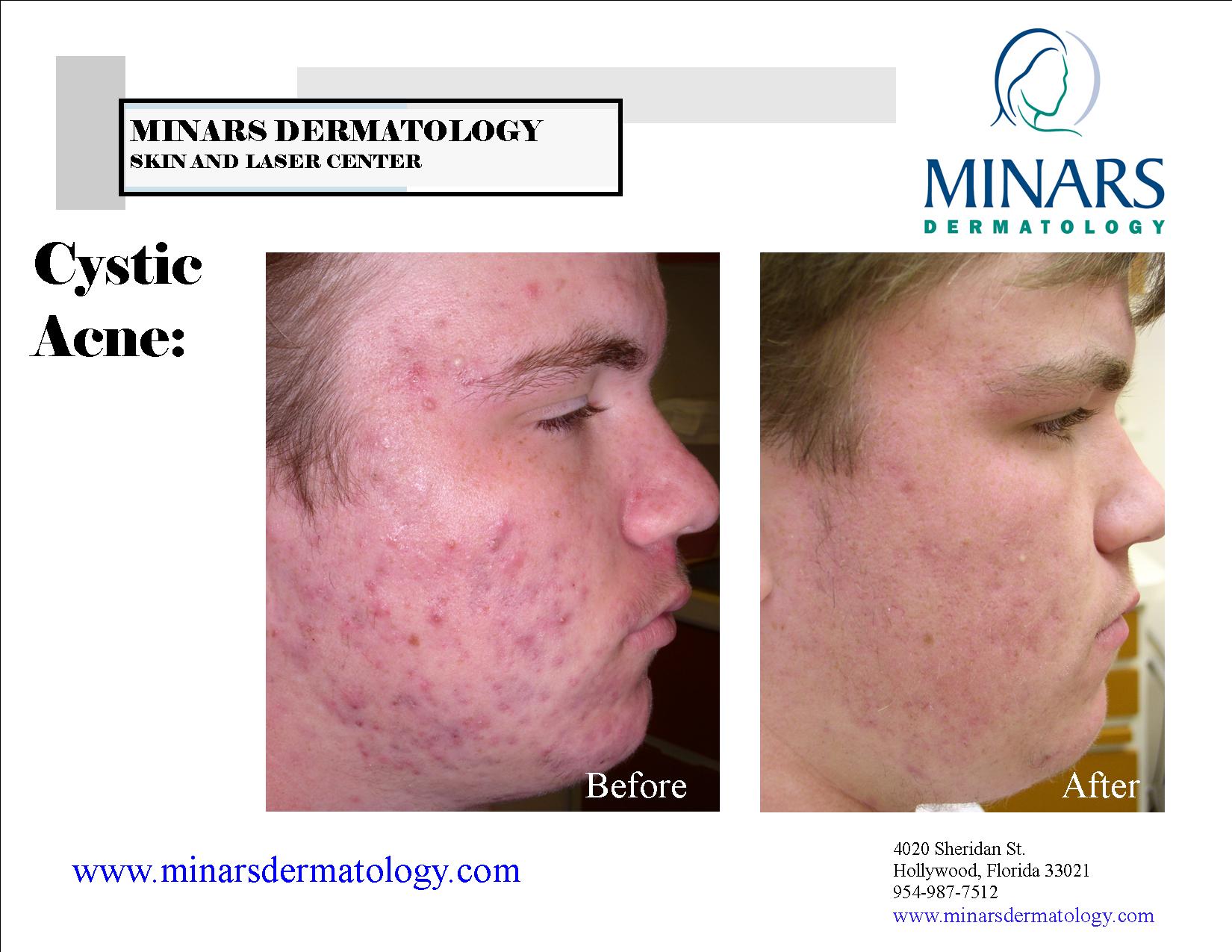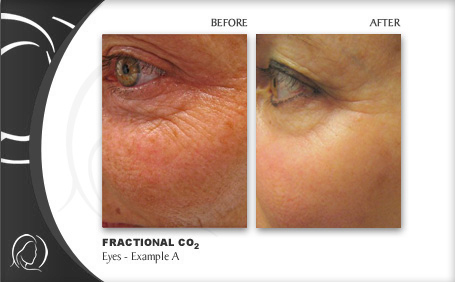EVERYTHING YOU NEED TO KNOW ABOUT FRACTIONAL FACIAL RESURFACING LASER TREATMENTS
In this article:
Procedure Video (Fractional CO2 Laser)
Side effects of Fraxel laser and fractional CO2 laser treatment
Expected results after fractional laser treatment
Difference between Fraxel laser vs. fractional CO2 vs. traditional CO2
About Hollywood, FL Fractional Laser Treatment
A “fractional” laser is one where the laser-light beam is not solid but rather broken up into a grid of thousands of microscopic beams. Think of poking tiny holes in a black piece of paper and covering a flashlight and you get the rough idea. Fractional resurfacing works by creating a grid of pinpoint laser beams that zap tiny spots on the skin. This produces thousands of tiny but deep columns of treatment in your skin, known as microthermal treatment zones. This is unlike old resurfacing lasers that remove the entire top layer of skin.
This method protects the skin from enduring too much damage at once and, because you have an 80 percent reservoir of normal skin surrounding these microthermal treatment zones, healing is fast and side effects are minimal. If you’re interested in a Hollywood, FL Fraxel laser treatment near you, contact us now to book a consultation.
State of the art fractional laser featuring CoolPeel resurfacing treatment
Our brand new fractional laser offers the best in innovative CO2 laser treatment, a new procedure called CoolPeel. This new laser facial treatment helps with the following and more:
- Reduces fine lines and wrinkles
- Reduce and treat sun damage
- Reduce pore size
- Improve skin texture
- Skin tightening
- Remove age spots and dark spots
- Soften acne scars
- Minimize stretch marks and scars
More about the term “fractional”:
By design, each treatment session targets about 15 to 20 percent of the skin’s surface. In other words it treats a “fraction” of the skin surface each time and that is why the technique is called “fractional laser resurfacing” and one of the lasers uses the brand name “Fraxel”. The Fraxel laser and the fractional CO2 laser are different: they can penetrate deeply for dramatic results and they have excellent safety profiles.
Fractional laser technology is different than other types of facial treatments:
The usual trade-off dictates that the deeper you go with a resurfacing procedure, the more dramatic the results, but with added downtime and risk. So typically a light acid peel or a microdermabrasion has almost no risk of adverse effects and no downtime, but the results are modest. On the other hand, a deep traditional CO2 laser resurfacing can give dramatic results, but it requires general anesthesia and more than two weeks of recovery, and the risk of side effects is too high in our opinion.
Why we don’t use traditional CO2 treatment:
In the not to distant past, the gold standard in reversing the signs of aging had been resurfacing with the traditional CO2 laser. Resurfacing is achieved by peeling away a layer of skin while causing tissue contraction. Although this technique achieves dramatic results, patients often undergo general anesthesia and prolonged healing and recovery times (as long as two weeks).
See What the Facial Resurfacing Procedure is Like For Yourself
Check out the below video from a patient of Minars Dermatology getting Fraxel Laser treatment in Hollywood, FL.
Commonly Asked Questions About Fractional Laser Treatment in Hollywood, FL
What can I expect during my fractional laser treatment?
The process starts at home where you apply a topical numbing cream that we have prescribed for you, approximately ninety minutes before treatment. Apply this cream generously, like “icing on a cake”, and reapply as it absorbs into your skin. At our office, the nurse will remove the numbing cream moments before the procedure. Finally, the treatment begins and the laser scans your face about four times in different directions. This takes about 30 minutes.

What are some side effects of Fraxel laser and fractional CO2 laser treatment?
Fraxel laser side effects:
Side effects are minimal and usually limited to a sunburn-like redness and some mild swelling which disappears in a few days. Within 24 hours, new epidermal skin will develop and your skin will have a bronze appearance which can last from three days up to two weeks depending on what level of treatment you have received. As the new skin replaces the treated skin, it will flake off. Emollients (i.e. moisturizers) can counteract some of the flaking effect.
Fractional CO2 laser side effects:
This is an “ablative” laser so you will have a grid of tiny crusts on your skin (see photo) lasting 5 to 10 days depending on the type of treatment. After-care consists mainly of gently cleansing the skin and applying an ointment like Aquaphor to keep the crusts moist until they naturally shed. The 5 to 10 day range of healing depends on whether you had a deep treatment aimed more at wrinkles, where the tiny crusts are deep but far apart from each other versus a superficial treatment aimed more at color and texture, where the crusts are superficial but tightly packed in a dense grid pattern on your face.

Learn the Difference Between Fraxel Laser vs. Fractional CO2 vs. Traditional CO2
There are 3 types of facial resurfacing lasers:
- Fraxel™ (a fractional diode laser)
- Fractional CO2 laser
- Traditional CO2 laser
At a glance, here are the bullet points on the main difference between Fraxel laser, fractional CO2, and Tradition CO2 treatment. Scroll down a bit more for more details on the difference between all 3 of these laser facial treatments.
Fraxel™:
- First choice – for acne scars
- Second choice – for sun damage/ wrinkles/ texture (for those who cannot have “down time”)
- 4 or 5 treatment sessions
- $850 to $950 per treatment
- Downtime – little or none (red and puffy, like a sunburn, for a few days)
Fractional CO2:
- First choice – for sun damage/ wrinkles/ texture
- Second choice – for acne scars (for a patient with sun-damage AND acne scars, or a patient who had already been treated with Fraxel for their acne scars and wants to try to get more improvement by switching to a laser with a different wavelength)
- 1 to 3 treatment sessions
- $1100 to $2000 per treatment
- Downtime – 5 to 10 days of crusting (depending on treatment settings; see photo)
Traditional CO2:
- We don’t use it. Never have. (Risk of side effects outweigh benefits in our opinion)
- 1 treatment session
- Downtime – two weeks
Fractional CO2 creates perforations in the skin, so there IS crusting and you DO look bad for a week. The Fraxel laser heats up columns of skin without “perforating”, so there is little or no crusting and you just look a red and puffy for a few days. But the main difference is worth repeating: we use each laser to treat different problems. Fractional CO2 is our first choice for sun damage, wrinkles, and texture while the Fraxel is our first choice for acne scars.
Fractional CO2 laser vs. Fraxel™ laser¨:
Either laser can be used to treat acne scars, wrinkles, sun damage, or texture. But Fractional CO2 is our first choice for sun damage, wrinkles, and texture while the Fraxel laser is our first choice for acne scars. These choices are purely based on which laser is more effective for each condition. Of course, there are other considerations. For example, some patients simply cannot have downtime and prefer to use the Fraxel laser for wrinkles, even if it means less dramatic results or greater number of treatments.
Fractional resurfacing (Fraxel™ OR fractional CO2) vs. traditional CO2
Fractional resurfacing has less potential for side effects. The problem with traditional CO2 laser was never the results (they are dramatic). The problem is the potential for side effects. These potential side effects include scarring, hypopigmentation (whitened skin), and lines of demarcation (you can sometimes see were the treated skin starts and the untreated skin stops, and this looks unnatural). Because of the potential for side effects, we have always stayed away from traditional CO2 laser resurfacing. We tend to be conservative and did not think that the risk-benefit ratio was good with traditional CO2 (too much risk). Fractional resurfacing (either fractional CO2 or the Fraxel laser) has a much lower potential for side effects. In fact, since starting to use this technology in August of 2005, the only side effects we have had are temporary hyperpigmentation and even that has been rare.










